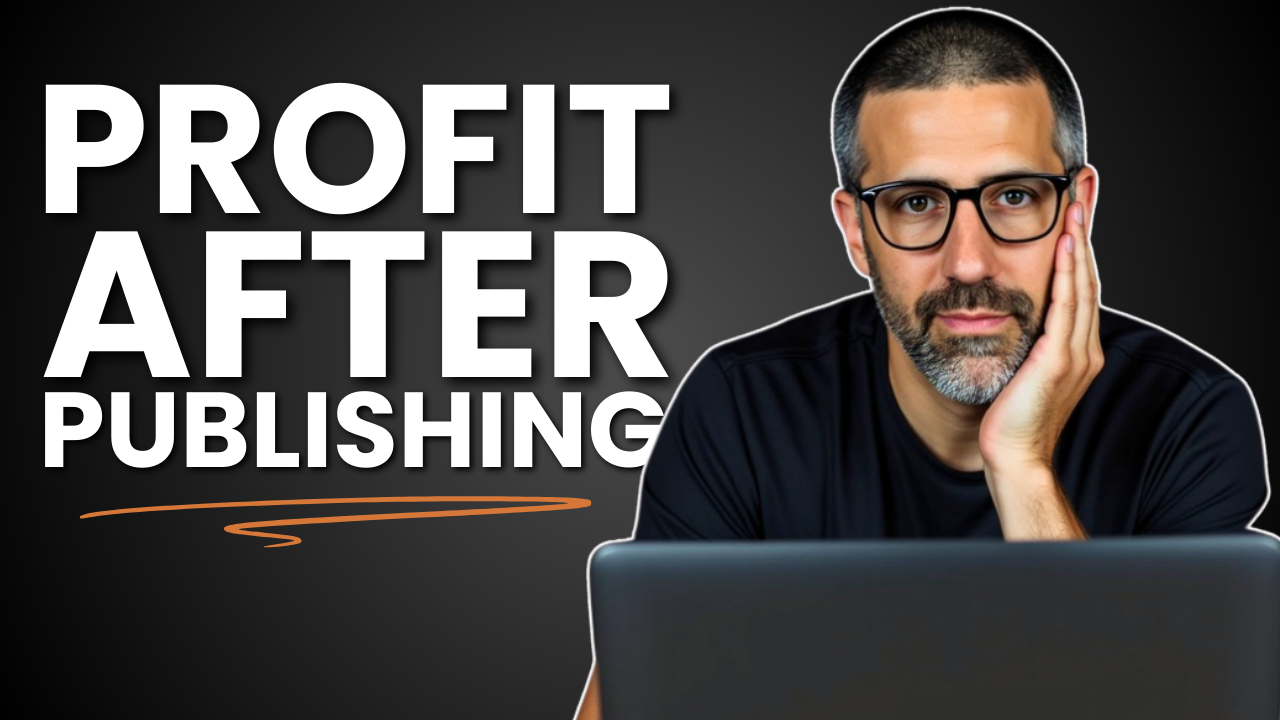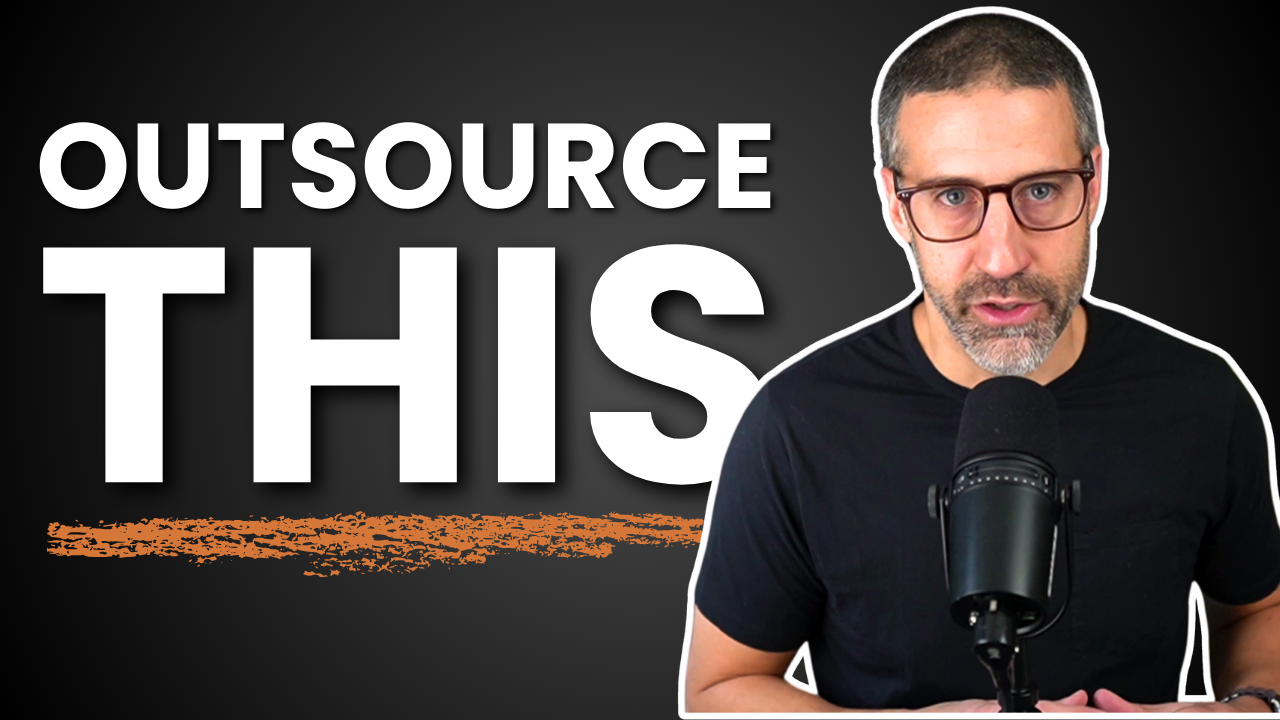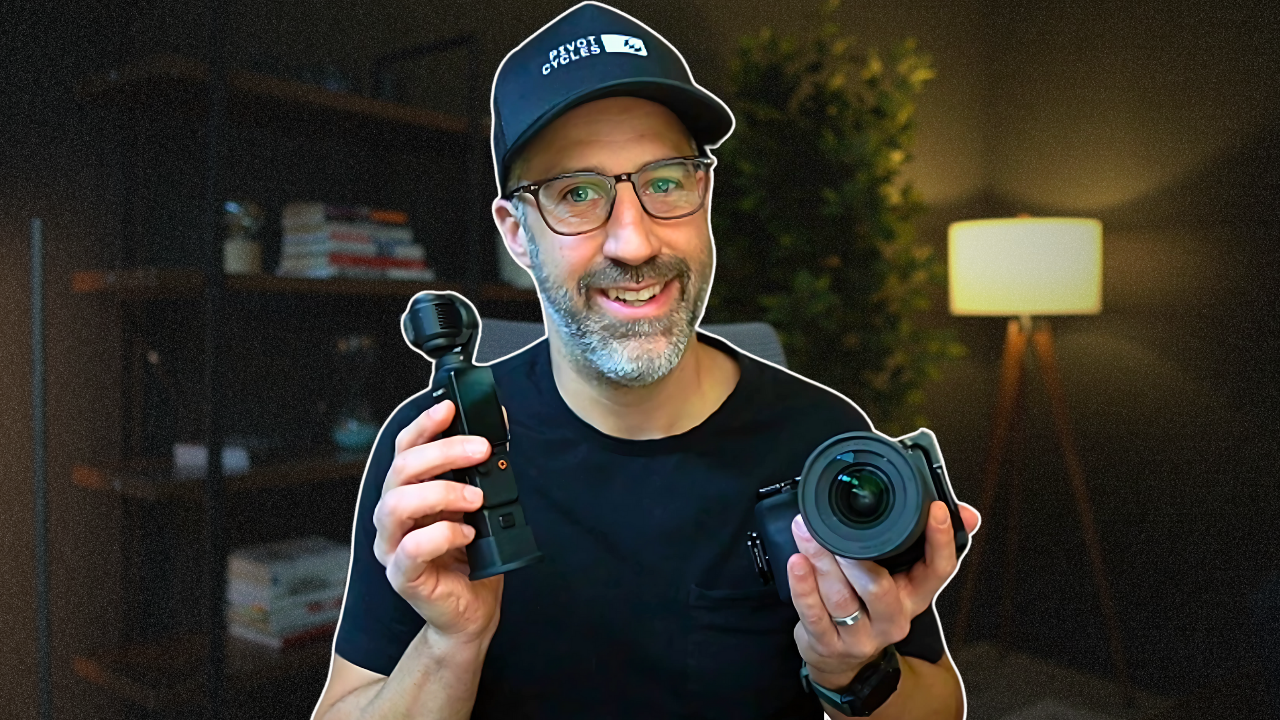The way in which we create and consume content continues to radically change.
2020 only accelerated that by like 2 years. lol.
We’ve all been on a ton more zoom meetings.
Events have gone virtual.
Workshops? Virtual.
People are consuming more educational and entertainment content online than ever before.
So, we want to 1) stand out and 2) make sure out content that was once interactive doesn’t feel stale and like a high school lecture.
In today’s video I want to share the TWO most important tips for you to up level your content in 2021 and moving forward.
This applies whether you’re: ● Hosting virtual workshops or bootcamps ● Selling virtual events ● Delivering training and coaching online ● Creating free content like Youtube or Facebook lives.
Transcript / MP3
If you want to improve and enhance your online training content, how you show up to deliver value to your clients and your community, your audience in 2021, stay tuned. I’m going to share my top two tips to improve your content. Let’s get it going. We’ll come back … Guys. Greg here with all agency at all, agency.com. And like I said, in this video, I’m gonna share two tips that I think will improve your content this year. If you are new here, go ahead and click that subscribe button because we have a new video every Thursday. And if you want to join us in a community free community over on Facebook of a bunch of other agency owners, freelancers looking to automate and scale their business by getting paid for their thinking, go ahead and visit all agency.com forward slash group. That link is in the description below, and we hope to see you in there. Now, why am I sharing this content around or this topic about improving your training? One love online training. I love the ability to interact with our clients and add value and give them systems and frameworks, et cetera. Now, when you’re watching this and where you’re at in the world, you might have experienced some sort of lockdown due to COVID. And we’ve seen a huge influx of people that are now buying training that are consuming online, specifically zoom you’ve seen their evaluation go up. The number of paid users go up. Many of you that are watching this probably have been on so many zooms in the last six to 12 months, that you can’t even count them anymore. If you want to improve the experience for your clients and your audience, we need to do a couple of things. I think differently. Hopefully some of you started doing in 2020, but if not, you can get started with this year. So the first one that I really want to talk about is, is quite simple. Start delivering more live training. Now we’re going to look at both from paid and for free content. So I think from a live perspective on paid, maybe in your business, you used to deliver in-person workshops, or I know for our business, we have quarterly intensives where clients come into town for two days and, you know, due to the circumstances we had to deliver those online. You’ve seen a lot of conferences that, you know, typically were in person go virtual. So there are things that people have paid for that used to be delivered in person that are now being delivered online and could be easy to pre-record a bunch of stuff and just distribute it. But I want to encourage you to find opportunities to weave live training, live experiences into your fulfillment content. When it comes to workshops, virtual boot camps, virtual conferences, virtual intensives, and things like that. Obviously many of us are kind of longing for some personal connection here, since we’re all working from home. And probably haven’t gotten to see as many people as we’d like to see compared to previous years. So start weaving in some live delivery, whether it’s a half day session, a 90 minute session, what have start weaving it in and take interaction, create training that is interactive so that you can obviously simulate as close as possible, what you would do in person. So I think you should do that for your paid content. We’ve been doing that for our virtual stuff. And you know, our clients have been loving it because they can’t leave, but would they still get a great experience? They still get value and they get to interact with us. You know, even though it’s, it’s through zoom, there is a back and forth collaboration in a lot of what we do now on your free content, whether you go live on YouTube or you go live in a free Facebook group or on your personal profile, or you’re doing webinars, you’re going to start to see a lot more people weaving back in live elements. I know historically from a scalability and leverage perspective, people have said, you know, evergreen webinars, automated webinars, VSLs all of those will work. But I think we need to think about where you can strategically integrate live content, live back and forth interaction. Again, it could be as simple as Q and A’s in your own private Facebook groups. If you have them on your profiles, et cetera. So think about how you can start delivering live. That’s really tip number one. Now the how you deliver and type of content that you’re going to deliver is also really important. And I think this is the power tip that if you’re going to apply either of the two, I would do this one. It applies whether you do it live and or whether you’re creating pre recorded content. It doesn’t matter. Now, the second tip, which is more of like a pro power tip that I think if you were going to do only one of these two, this is the one, because it will impact both your free content and your paid content is really to switch between modalities. And what I mean by that, there are a few different delivery modalities that I think will be important for how you show up. So there are four things that I think you should consider. One, you can deliver content via talking head, like, like this. Like I’m just, when you look at me just like this, and we’re having a conversation that would be talking head, or you could interact with say an iPad like I’m doing right now, there’s a little pencil and drawing on screen. Now we do this right now. I’m using a tool called Ecamm live. I’ll link up a document that has all of my tools and recommendations to do this stuff. But you could switch between talking head and drawing. You can draw on your screen like this, or you can create workbooks and, or just hop into your iPad and draw on that. I’ll show you that in a minute as well. Another option is to have slides, right? You could jump back and forth between a slide presentation, sort of like this, where we have a slide on the screen and I’m taking you through specific bullets. I know the slide that I’m showing you is a little bit meta, but that’s what we’re talking about here. That’s a slide. And then the last one I would say is like your desktop. And for sake of a better example, I’ll just draw a little video and you could do something like this, where, you know, you’re walking people through a tutorial on your screen. This just happens to be my YouTube channel. You could be doing critiques and things like that, of specific videos for someone and say, Hey, like content, or I change the headlines. What have you? So you can jump back and forth between these four modalities of talking, head drawing on the iPad, desktop critiques and things like that. And, or even a slide presentation. Again, like I said, in this training, the way in which you can do this is obviously capitalizing them. Some really affordable technology. I’ll link that up in the below, but high-level recap talking head slides or presentation, like the one I’m doing right now, iPad, or a whiteboard, a desktop or an app, whether you’re using zoom or some other sort of fancy tool and zoom, you can connect your, your phone and you can share your screen. So maybe you’re showing something that’s a mobile app related and you can scroll through your phone and show them. You can also dependent upon your camera angles. Instead of drawing on an iPad, you can hop over to a whiteboard and maybe you’re standing in front of an easel or a whiteboard like you’ve seen some other folks do. But the key point here is to switch between modalities as you’re training, because one, the constant switching of the view will keep viewers engaged, but some people will learn and remember things better when you draw them. Some people, when you need to set context, it might be beneficial to show slides, et cetera, et cetera. So it really helps kind of create a better learning experience. And there’s a lot of studies around this from there’s a book on like how to design a workshop and they talk about switching between lecture type content, collaborative type stuff. And these modalities will position you to one, probably stand out because no one else in your market’s really going to be doing it. And two to have better content. Now, again, a refresh on when we’re doing this, well, one, maybe you’re doing a virtual workshop or a bootcamp that could be paid and or free. You can update your online course and training content to leverage these different modalities. You can do like I’m doing right now and kind of tap into your free content, YouTube, Facebook lives, wherever you show up using video, or even weave it into your acquisition content like webinars. VSLs things of that nature that, you know, you’re driving paid traffic to acquire clients. Those are all things that you could be doing. Now. I just wanted to quickly show you one last example here. As we release new training, we create workbooks that we take clients through. This is just an example of that. I’m building a training right now called the sales specialist playbook. And so we have, you know, predesigned worksheets that are really just a PDF that I upload. And we take them through a specific training that they can apply and, you know, some notes pages and things like that. So you could design your own workbooks, like I was saying earlier, or like I mentioned, and I was doing previously, you could draw on screen, right, right. Over your face. So it really depends how you want to tap into using the iPad. Again, I could have easily hopped over to an easel if I set that up, key point is switch between your modalities in your training content moving forward. And you’ll see a much higher engagement rate with your prospects, with your clients. And I think people are going to get it a whole lot more. I know that we see that in our training when we switched between these modalities, because we jumped from no lecture type content context setting to actually execution. And I forget who said it, but someone said, when you draw things on paper, you draw into your prospect’s mind, you draw it into your client’s minds. So when I draw things like that, you’ll probably remember that visual, this visual that I drew, if we were to talk here in a few weeks, just because you watched me draw it in real time. So I want to know what is the switch? What are the modalities that you like out of these four that you’re going to add if you’re not already using it. And again, hope to see you in our free Facebook group, all@agency.com forward slash group take care. [inaudible].
Read more



